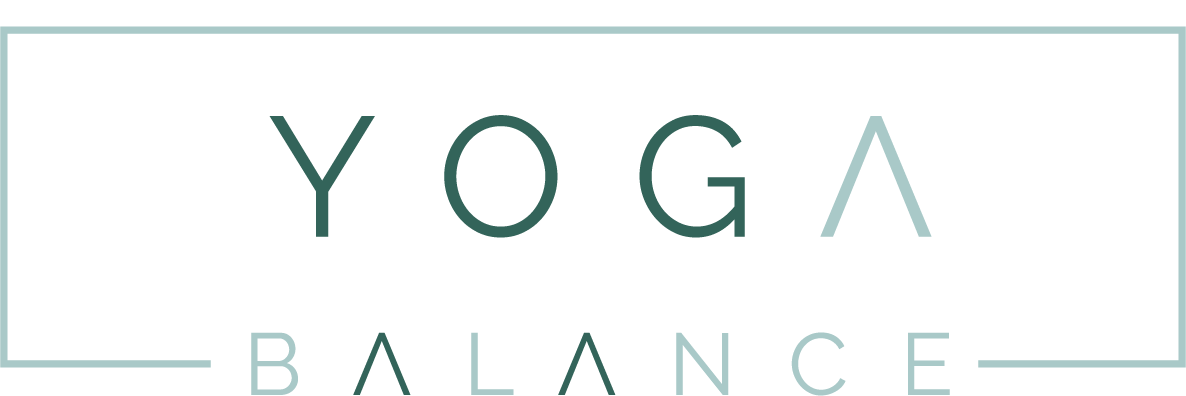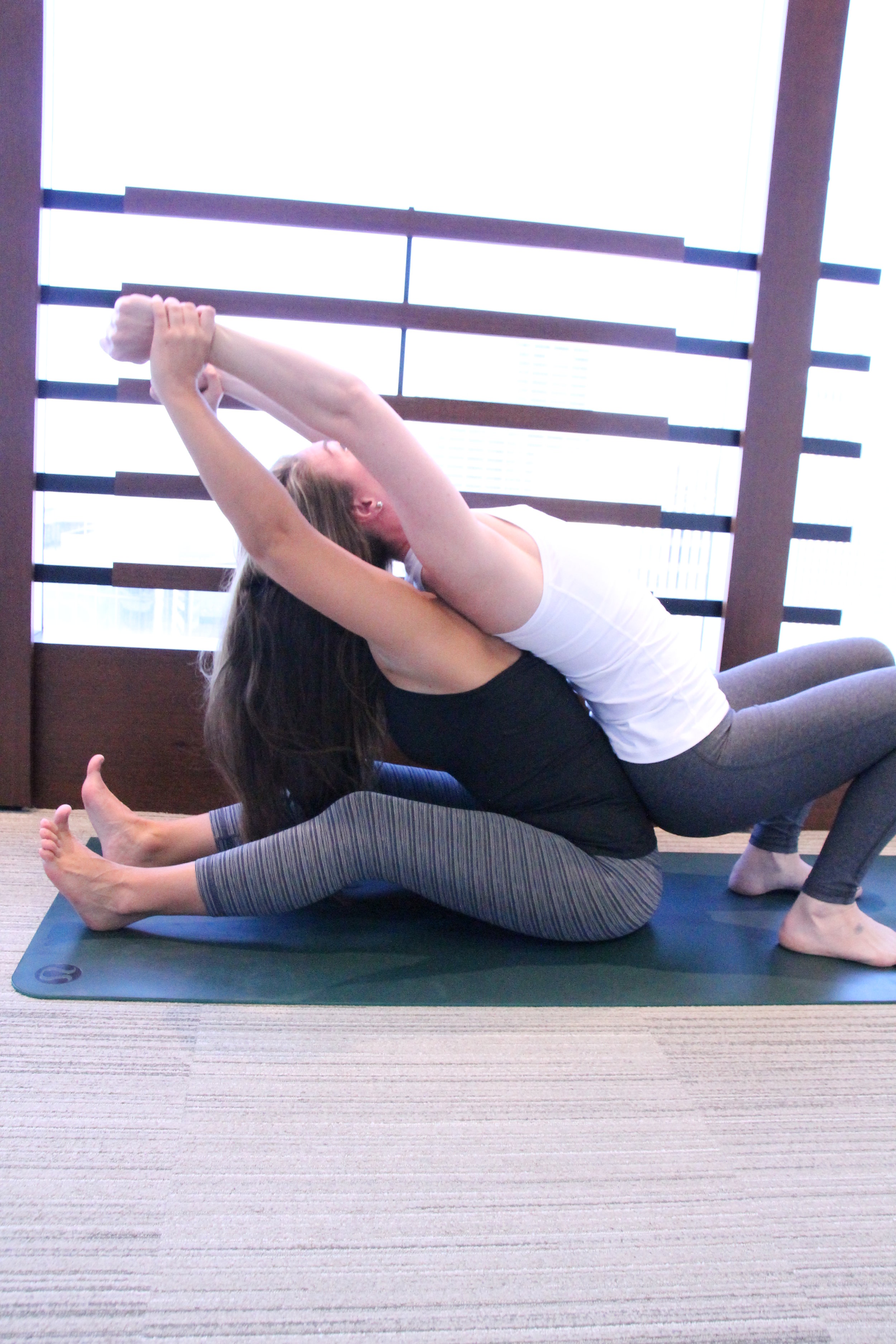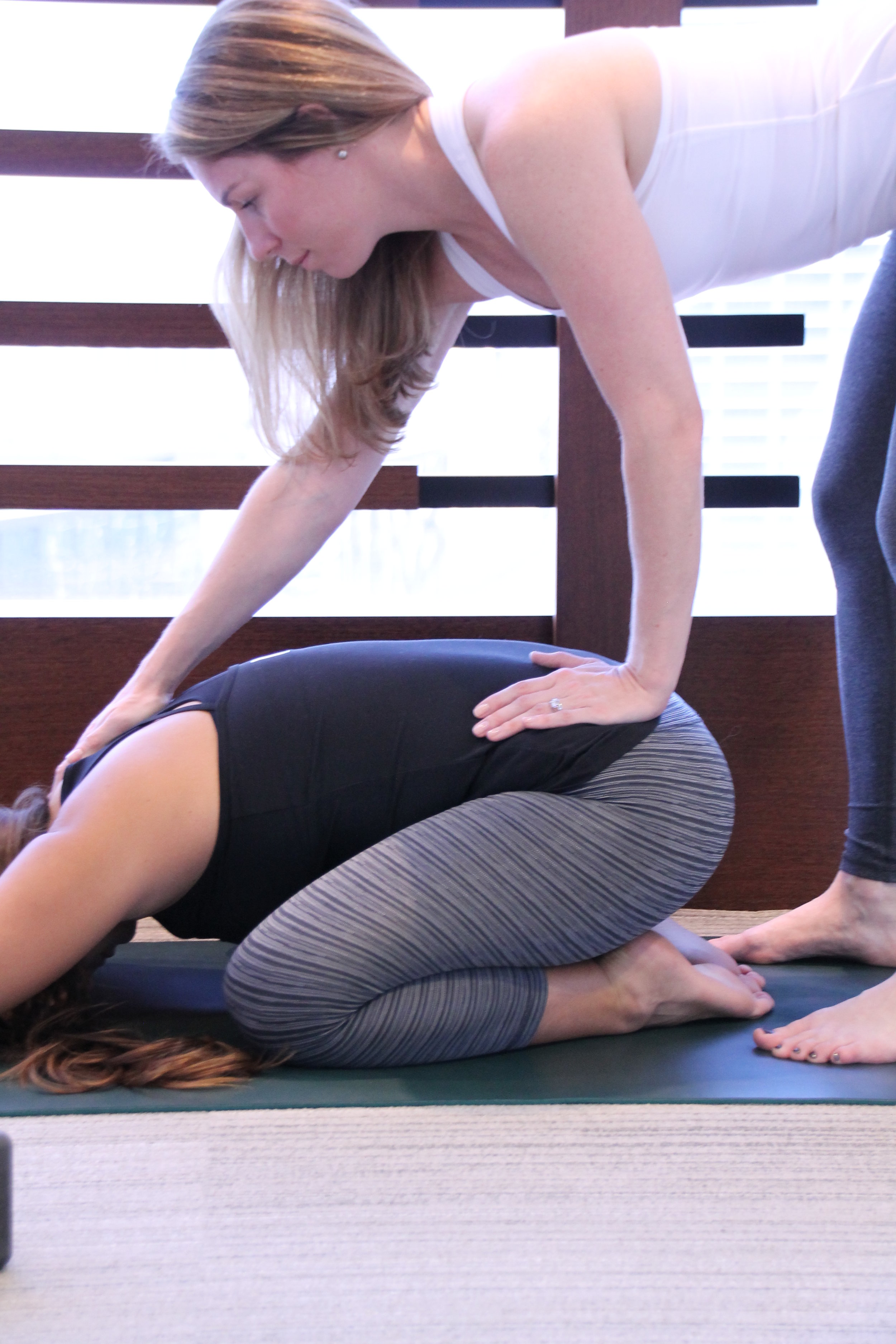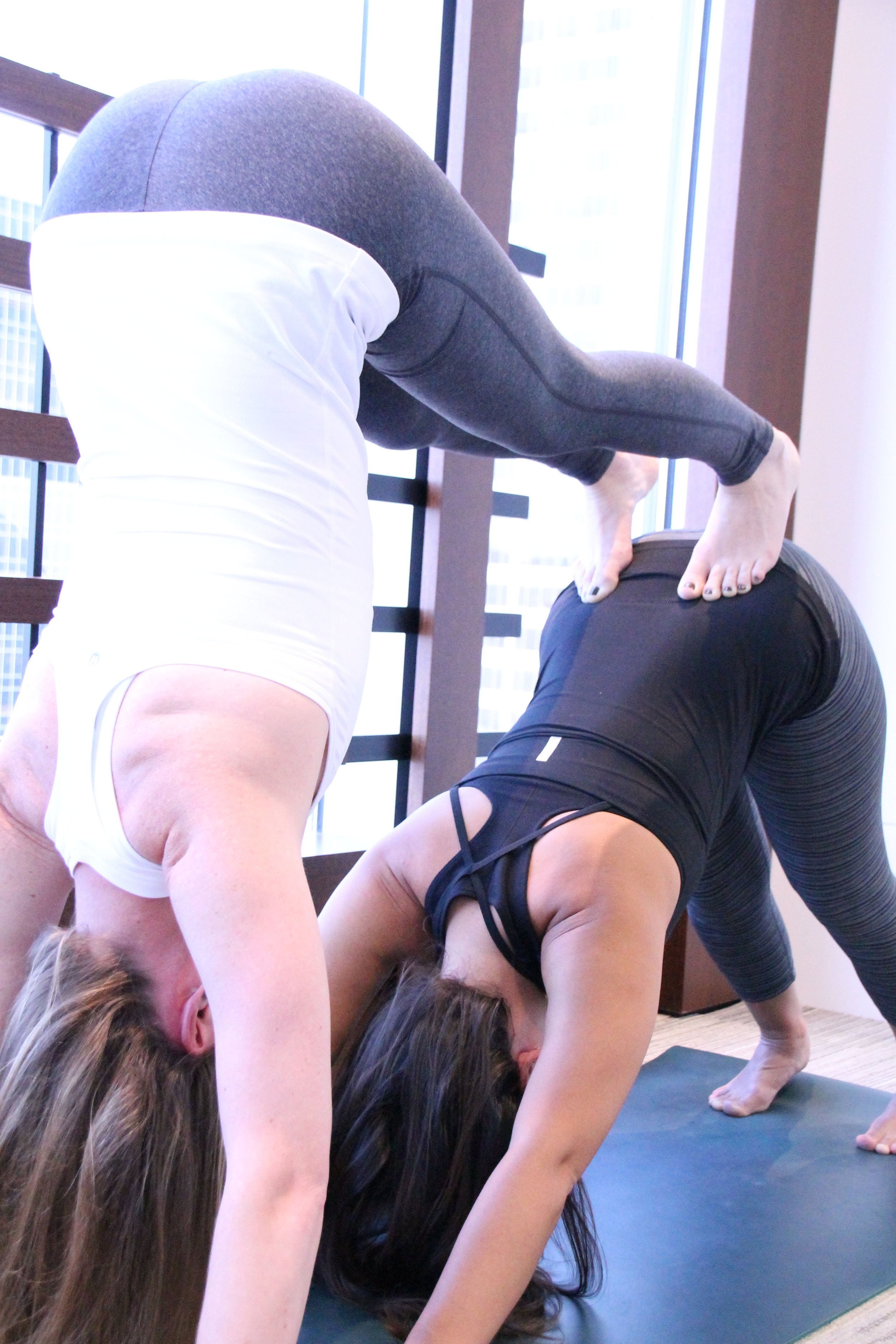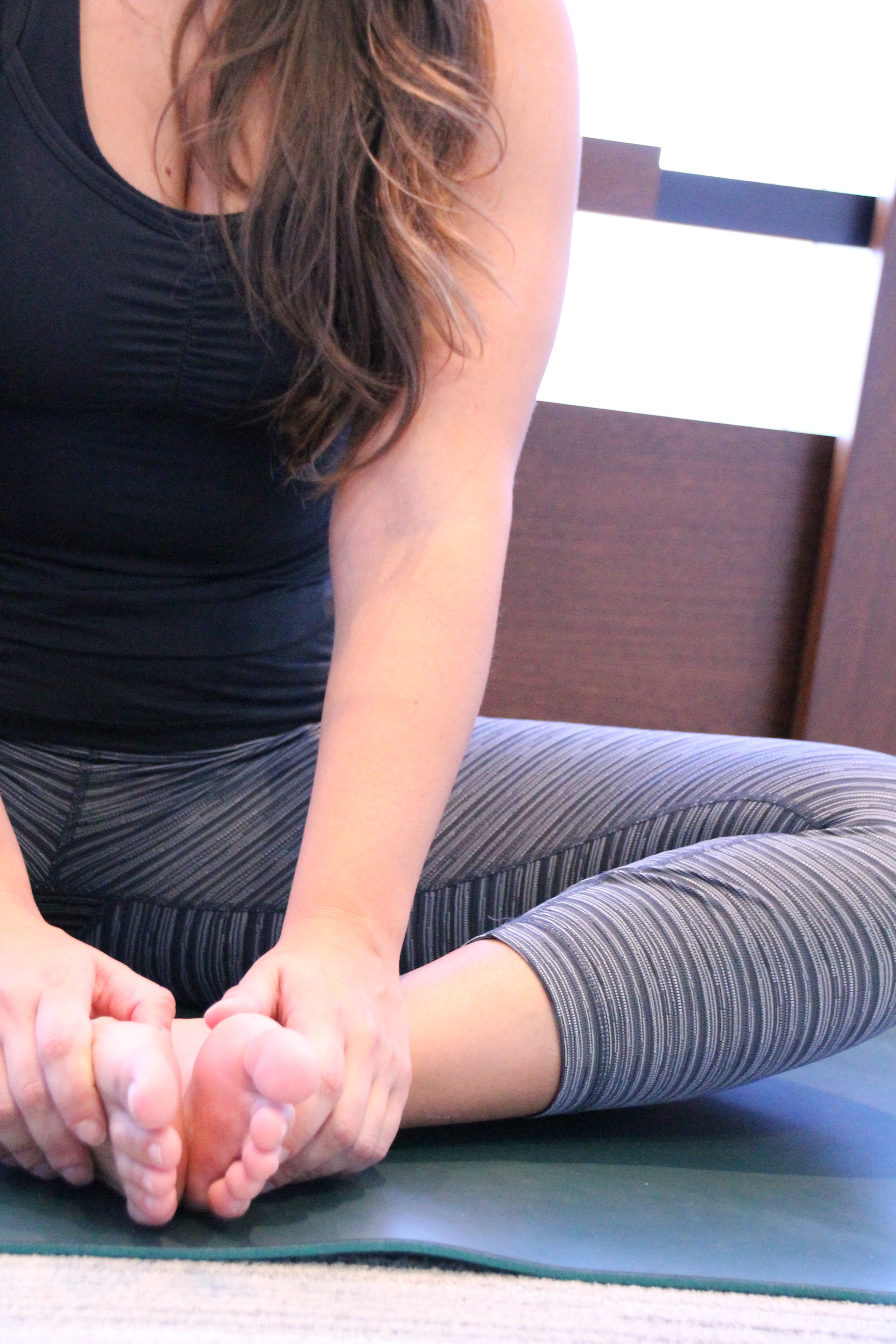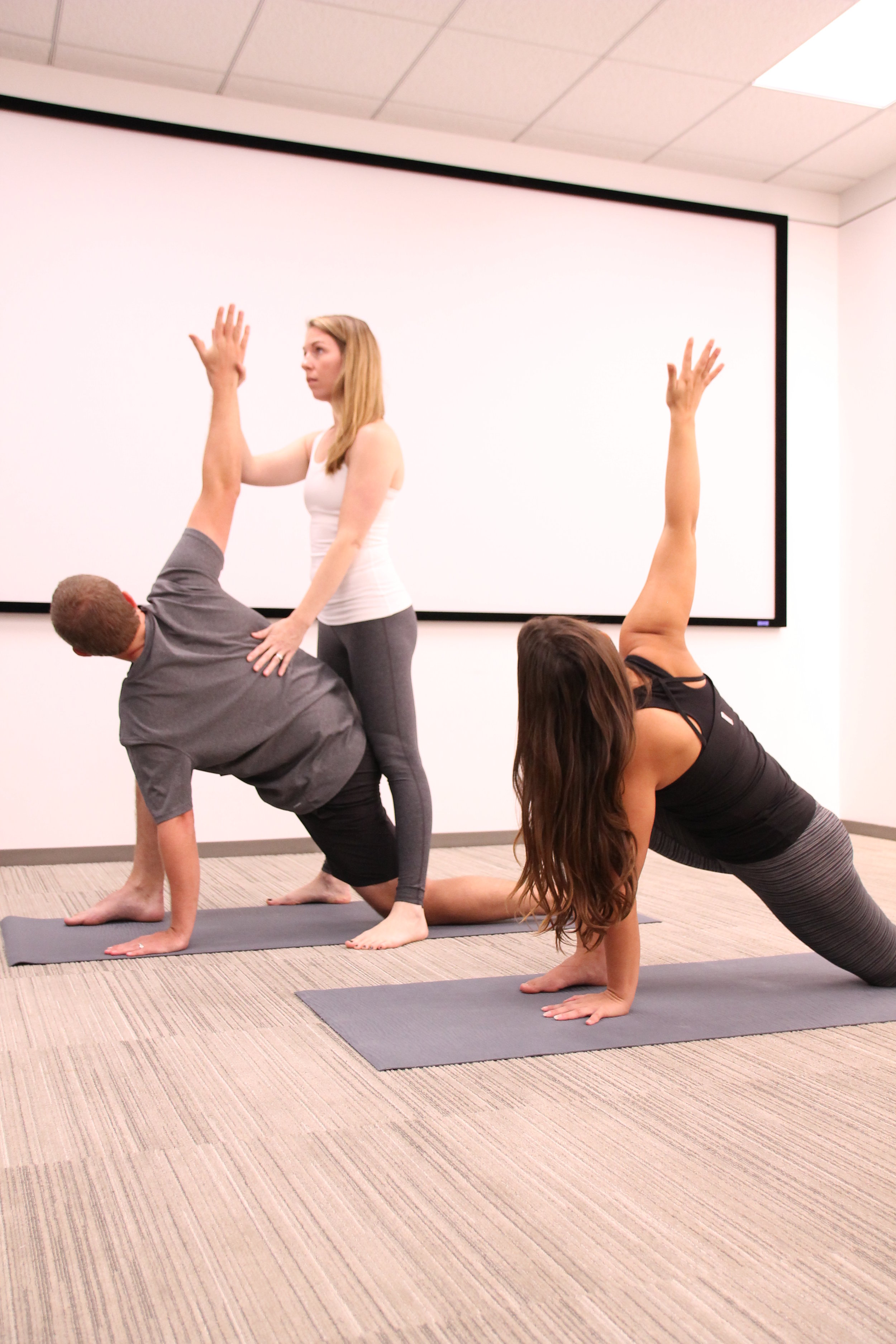What do you mean, yoga is for everyone?
I say it over and over – to business owners as I sell them on yoga in their offices, to private clients as they struggle with a difficult pose and to myself as I plan the intentions for my classes. But what does it actually mean?
It can feel like yoga is for everyone but you when you see perfect bodies in expensive yoga pants creating shapes you didn’t know were possible given the human form.
But the reality is that no one STARTS there. And it doesn’t look the same for every body. Nor does it need to. And all of that makes yoga for everyone.
Lesson I: It’s called a practice
When I first started practicing, yoga was something I did as a complement to a rigorous rowing season, something I enjoyed much more than another bridge-loop run or more weight lifting. My practice was casual, un-educated and perfect for where I was. It offered grounding, stretching and quiet.
I graduated and moved to Wyoming where no one did yoga so my practice stalled as I tried pilates and running (cue eye roll). Unknowingly, I took the quiet and breathing from the practice I started in college with me as I tried to run in windy Gillette. My practice was minimal, un-focused and perfect for where I was.
We moved from the great white north (winter came FOR SURE) to the sunny, hot south. Everything in life shifted and changed, I grew and moved forward with education and career and again found my practice. I’ll never forget the class I took with a well-known, highly-disciplined teacher. The class was full of (apparent) regulars who knew him and one another. He knew their likes, their bodies and most clearly – he knew their failings and short-comings in their practices. Singling me out, he asked “have you done headstand?” Nervously, I said something to the tune of “well, maybe in third grade.” We progressed through the class and I felt like I was doing alright, my poses didn’t look quite like everyone else so I tried harder, pushed further and wore myself out. We finally reached the peak of his class, headstand. I tried to follow his instructions and find my “line” and to “lift my toes” but I was struggling. Really struggling. He walked over, to help me or so I thought, only to say “clearly you don’t know headstand”. If you know me, my reaction won't be a surprise. I continued to come to his class, continued to push and continue to try – not because I felt motivated but because I wanted him to be wrong. I practiced this way for YEARS. Seeking not to just be with my breath and explore my body’s capabilities but rather to “get” the next pose. My practice was defiant, painful and was serving all the wrong things.
Then I went to yoga teacher training and my entire practice changed. I stopped caring about whether I could hold a handstand, reach my toes to the back of my head or find a deeper back bend and focused rather on the celebration of all the cool stuff my body could do that day. I began enjoying savasana more fully and finding more fulfillment in the entirety of my practice. My practice was growing and changing just as I grew and changed. And it was ALL yoga – all along. Whether it was about stretching my boundaries, exploring my edges, grounding, being un-educated or finding the breath, it was all part of the PRACTICE of yoga and all of those things are part of why it is, in fact, for everyone.
Lesson II: You don’t have to be flexible
The best response I’ve ever heard in reaction to being told “I’m not flexible enough for yoga” is that saying you aren’t flexible enough for yoga is like saying you’re too dirty to take a shower. Yoga is the ANSWER for inflexibility. Whether that inflexibility comes in your physical body or in your mind. The flexibility comes through the practice and it’s only possible if you start exactly where you are.
It's a horrible myth that you have to be flexible in order to have a yoga practice. One of my OG clients refers to himself as the Tin Man, making light of his less flexible nature than others in the class he regularly attends. But you know what, he keeps coming. He keeps showing up to stretch his boundaries, push his edge and find more flexibility – even if those places of increased flexibility happen only mentally.
Lesson III: Requirements for a yoga body – have a body. Do yoga.
Instagram is a problem. I think we can all agree about that. If you look up #yoga invariably you will be inundated with images of sports bra clad, flat tummy, tanned uber humans who will mislead you into believing that in order to practice yoga, you must already be in tip-top human form. Let me be clear, yoga is for them too but it’s also for you and everyone else.
Are you carrying around extra weight? Yoga is for you.
Are you short? Or tall? Yoga is for you.
Are you in your twenties? Thirties? Forties? Fifties? Eighties? Yoga is for you.
You get it. Regardless of body shape or age – yoga can improve a multitude of facets in your life.
Lesson IV: You can be a beginner. Like a real beginner. Like a don’t-own-a-mat-not-sure-if-wear-shoes-or-not beginner.
We all start somewhere. Maybe you were an athlete when you were younger but were plagued by injury and journeyed away from physical activities. Maybe you’ve never been a fan of gym or studio life or had the opportunity to try. Maybe you’ve always been active and are looking for a new way to challenge your body. Whatever the case may be – yoga poses can be tailored SPECIFICALLY for your body. The majority of poses offer up-level and down-level opportunities and can be supported using a variety of props. A good teacher will help you on both accounts.
I was recently reminded of what it feels like to be a beginner. A few months back, I started taking pilates reformer classes as a supplement to my yoga practice. I heard great things about how they strengthen muscle, how the weight is customizable and how good your body feels post-class.
When I attended my first class, I was NERVOUS. Like really nervous. I didn’t know if I had the right gear or if I had to have magical reformer gear in order to take the class. I walked in and met the sweetest instructor who eagerly introduced me to the reformer and explained all it’s parts and capabilities. She eased my nerves telling me that she would guide me through the experience and just to ask if I had any questions.
The experience was great and I keep going back – maybe because of that initial, positive experience – but it brought back in sharp relief, the feeling of being a beginner. I was bad. Like really bad in the first class. I was always behind the other students. I wasn’t sure about where a foot or shoulder was supposed to be in order to be in the right positioning and you know what, it was ok. Nothing happened. No one made fun of me. The instructor was helpful and encouraging and made me feel like It was ok to be a beginner.
I took a lot from that class and from the other lessons I previously mentioned. I strive to make my classes and the practice of yoga in general for everyone. Allowing for people to be bad, inflexible, from every experiential background and to come as they are. So if you haven’t yet tried a class, DO IT! Come to ours. Let us build a class for you and your body and your experience and your readiness.
